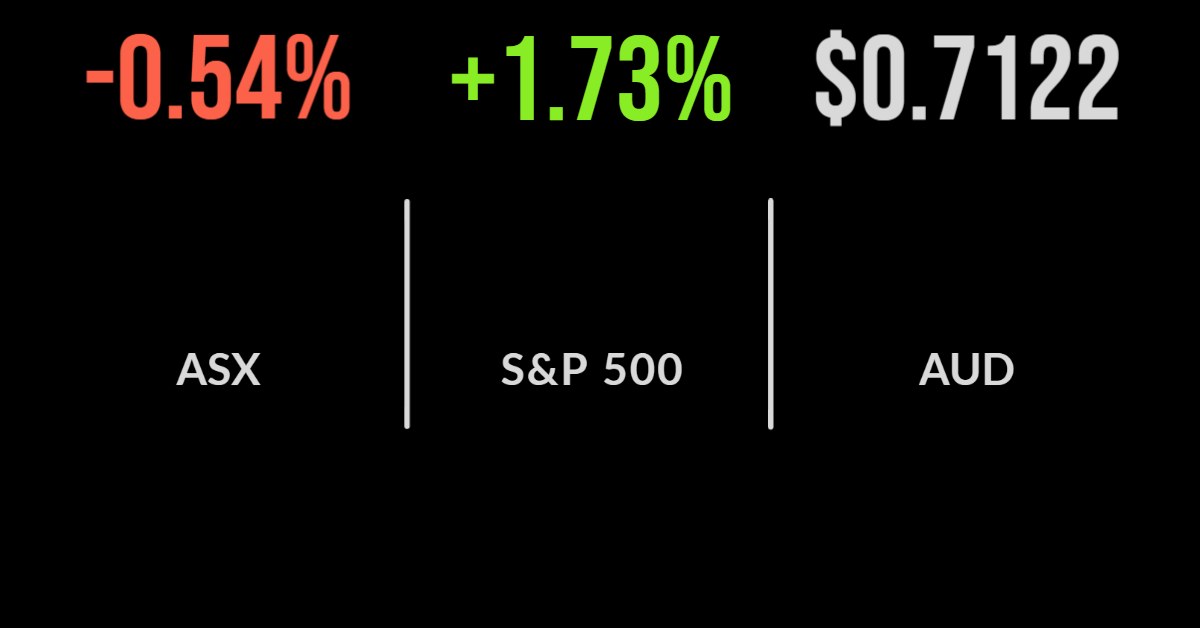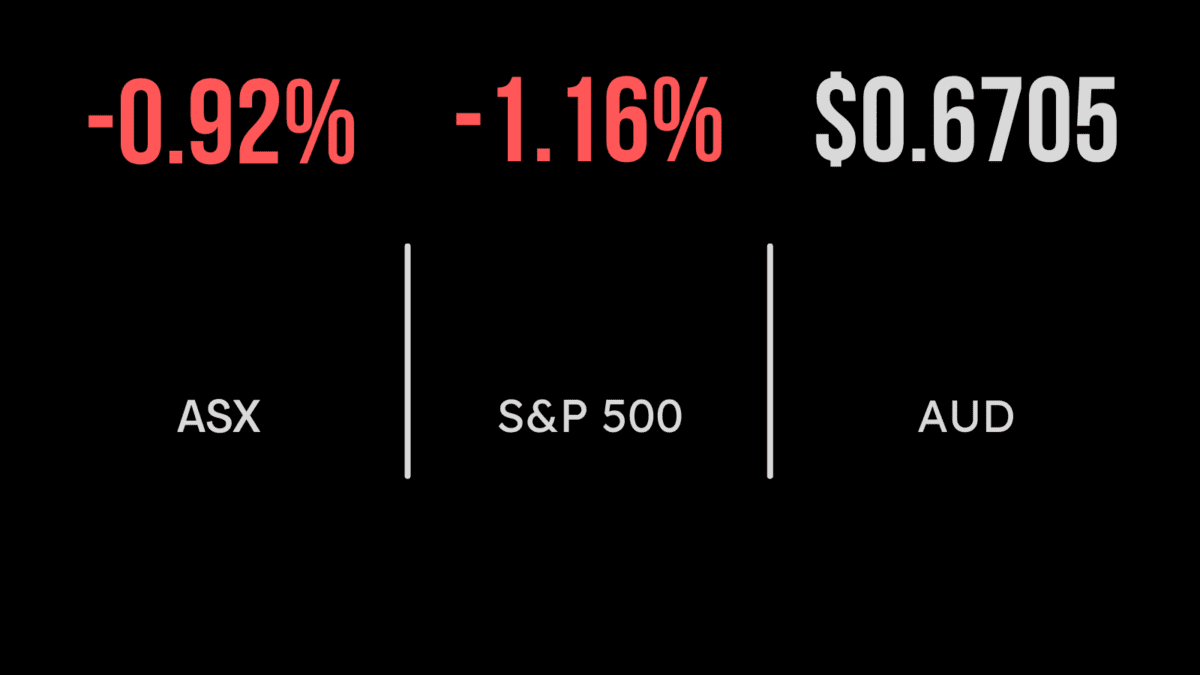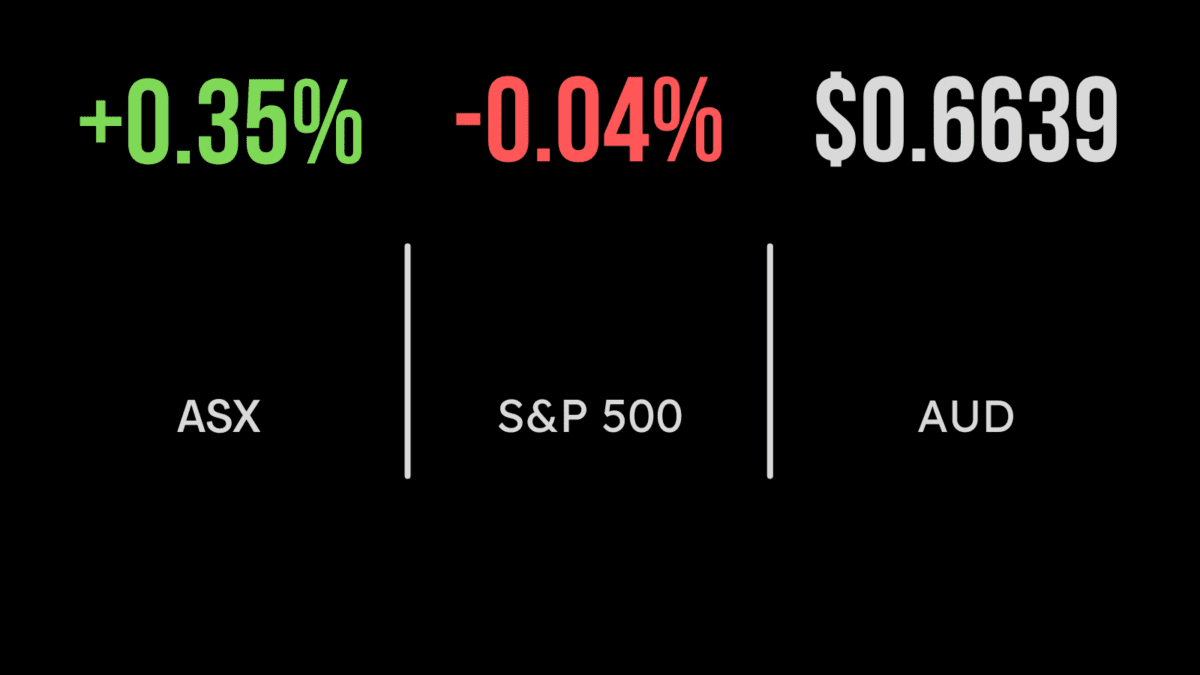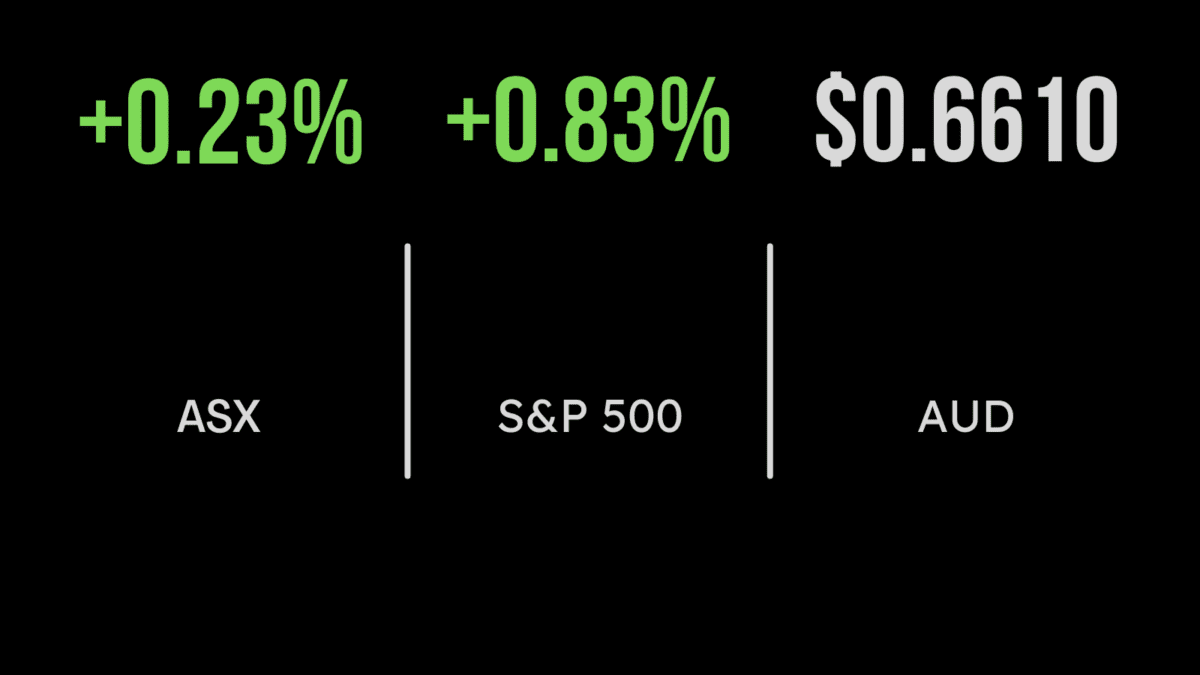Weakening into the weekend
The Australian market limped into the weekend, with the benchmark S&P/ASX200 index on Friday finishing down 38.5 points, or 0.54 per cent, to 7032.5, while the broader All Ordinaries lost 36.6 points, or 0.5 per cent, to 7288.8.
The energy sector was the only shining light, up 2.3 per cent for its best day in almost three weeks after the International Energy Agency lifted demand forecasts.
The Paris-based agency revised oil demand higher for this year by a hefty 520,000 barrels a day; not surprisingly, that was taken by the market as a very bullish sign for oil.
Woodside gained $1.18, or 3.7 per cent, to $32.77 and Beach Energy lifted 5.5 cents, or 3.1 per cent, to $1.85, while on the coal side, Whitehaven Coal finished 16 cents, or 2.5 per cent higher at an all-time closing high of $6.62, and New Hope Corporation advanced 15 cents, or 3.5 per cent, to $4.40.
But the bigger coal producers were put in the shade by steelmaking coal miner Stanmore Resources, which jumped 22 cents, or 10.9 per cent, to $2.24 after reporting that first-half revenue had increased 15-fold to $1 billion on soaring coal prices and the acquisition of two mines.
Profit season continues
With the full-year earnings results season heating up, there was plenty of news from companies.
Insurer IAG rose 5 cents, or 1.1 per cent, to $4.66 after beating consensus estimates with a full-year profit of $347 million, compared to a $427 million loss the year before, although the insurance giant also cut its dividend, from 13 cents to 5 cents a share, after a big year for natural disaster claims.
Sleep apnoea device maker ResMed was down $1.07, or 3 per cent, to $33.60 despite the announcing fourth-quarter net income of $US195 million, beating estimates of $US193.7 million, with revenue up 4 per cent to $US914.7 million.
ResMed finished the year with an underlying net profit of US$850.8 million, up 9 per cent, and a revenue rise of 12 per cent over the year.
In what seemed to be a perverse reaction from the market, Baby Bunting Group fell 24 cents, or 4.9 per cent, to $4.62 after its full-year profit of $19.5 million missed expectations, although Australia’s largest baby goods retailer reported sales growth of 8.3 per cent to $507.3 million, passing $500 million for the first time.
Fast-food chain Domino’s Pizza fell $4.43, or 6 per cent, to $69.31, attributed to news that the global brand is exiting Italy, seven years after opening its first store in the home of pizza.
However, while ASX-listed Domino’s Pizza Enterprises runs the brand in Australia, New Zealand, Belgium, France, The Netherlands, Japan, Germany, Luxembourg, Denmark and Taiwan, with a total of more than 3,100 stores, it actually isn’t connected to the Italian operation.
Turning to this week, BHP is expected to post a record full-year dividend of $US3.18 per share and an underlying net profit of $US20.4 billion when it reports on Tuesday, which would represent a rise of about 19 per cent.
Australia’s biggest miner is projected to post its strongest full-year dividend ever, however, the final (second-half) dividend is expected to be down by as much as 70 per cent.
Santos, CSL, JB Hi-Fi and Transurban are among the other large-cap results that will be closely followed this week.
Winning streak continues on Wall Street
US markets closed higher on Friday as indications that inflation may have peaked in July boosted investor confidence that the recent market rally may have more legs.
The broad S&P 500 and the tech-heavy Nasdaq Composite Index posted their fourth straight week of gains – and rack-up the longest weekly winning streak for both since November.
The benchmark S&P 500 index gained 72.9 points, or 1.7 per cent, to 4,280.1, while the 30-stock Dow Jones Industrial Average added 424.4 points, or 1.3 per cent, to 33,761.05, and the Nasdaq Composite advanced 267.3 points, or 2.1 per cent, to 13,047.2.
For the week, the S&P 500 rose 3.3 per cent, the Dow Jones gained 2.9 per cent and the Nasdaq was up 3.8 per cent. The S&P 500 index is now up 17.7 per cent from its lows of mid-June.
Chinese data to be released today is expected to show that activity in the world’s second-largest economy continued to recover in July following the re-opening from COVID-19 lockdowns.
Industrial production is predicted to increase 4.5 per cent year-on-year, with retail sales growing at an annual rate of 5 per cent.









